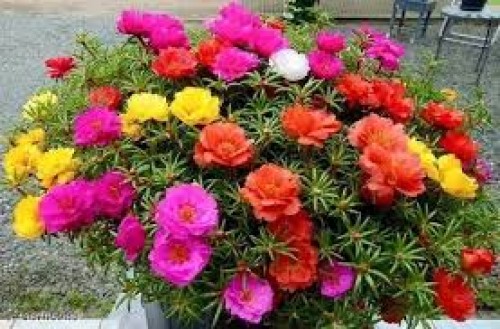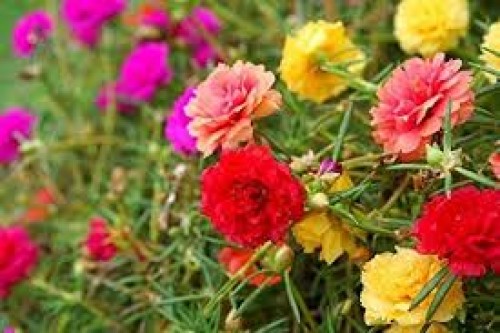off
-
Sold
-

-

out
Desi Portulaca (Purslane)
Portulaca oleracea, commonly known as Desi Portulaca or Purslane, is a low-growing succulent plant widely recognized in India for its culinary, medicinal, and ornamental uses.
Key Features
- Growth Habit: Prostrate with reddish stems and fleshy green leaves.
- Flowers: Small yellow blooms that open in the morning.
- Seeds: Produces many small black seeds, allowing easy spread.
- Adaptability: Tolerates poor, saline soils and drought conditions.
Culinary Uses
- Leaves and stems can be eaten raw in salads (slightly tangy and salty).
- Used in traditional Indian dishes such as curries and stir-fries.
- Cooked as a leafy green in rural cuisines.
*Consume in moderation due to its oxalate content, especially if prone to kidney stones.*
Medicinal Properties
- Anti-inflammatory: Helps soothe skin irritations and inflammation.
- Digestive Aid: Supports gut health and relieves mild stomach issues.
- Rich in Nutrients: Contains omega-3 fatty acids, vitamins A, C, E, and essential minerals.
*Consult a health professional before medicinal use.*
Cultivation & Care
- Soil: Sandy, well-draining soil preferred.
- Sunlight: Full sun (at least 6 hours/day).
- Watering: Water sparingly; highly drought-tolerant.
- Propagation: Easily grown from seeds or cuttings.
- Maintenance: Minimal; trim occasionally to control spread.
Agricultural Significance
- Soil Improvement: Helps reduce erosion as ground cover.
- Intercropping: Useful in mixed cropping systems.
- Weed Control: May become invasive without control.
Ornamental Use
- Used as ground cover in dry gardens.
- Suitable for rock gardens and hanging baskets.
- Attractive foliage and flower color for borders and pots.
Precautions
- Invasiveness: Can spread aggressively in garden beds.
- Oxalate Content: May not be suitable for people with kidney disorders.
- Pest Susceptibility: Monitor for aphids and slugs.
Conclusion: Desi Portulaca is a hardy, multipurpose plant ideal for culinary, medicinal, and decorative use—especially in regions with hot, dry climates. Its nutritional value and ease of care make it a treasured traditional plant.